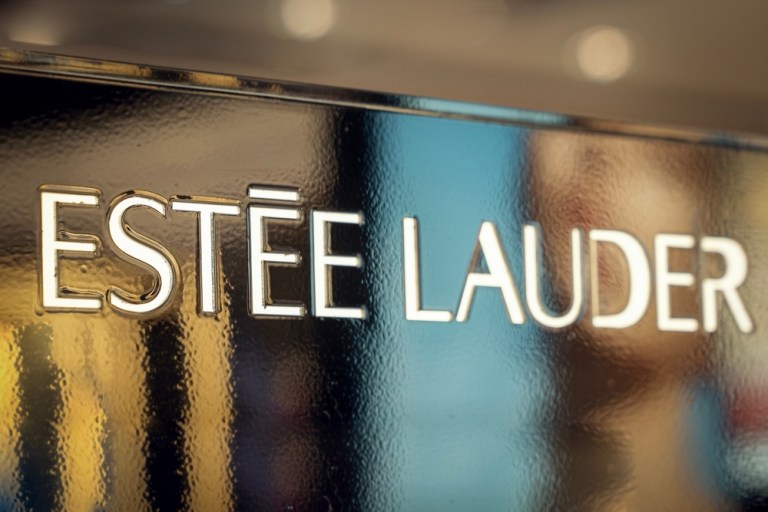
In 1968, Vogue magazine published an article titled “Can Great Skin Be Created?” by beauty editor Carol Phillips. It caught the attention of dermatologist Dr. Norman Orentreich and journalist Evelyn Lauder, who were both intrigued by the idea of merging dermatology and cosmetics to create a new approach to skincare. This encounter ultimately paved the way for the birth of Clinique in 1968 as a subsidiary of Estée Lauder Companies.
Clinique entered the beauty market with what was considered a revolutionary concept: dermatologist-developed skincare products that were free from fragrances and allergens, catering to sensitive skin types. Clinique aimed to establish itself as a safe and reliable choice for those seeking effective skincare solutions.
Throughout the 1970s and 1980s, Clinique gained traction among consumers, particularly attracting a younger demographic — the daughters of mothers who had been loyal users of Estée Lauder’s products. This intergenerational connection gave Clinique a unique advantage. While Estée Lauder was synonymous with traditional luxury and sophistication, Clinique emerged as the hip and modern alternative. Its fresh and minimalist packaging, along with the promise of dermatologist-developed, allergy-tested formulations, appealed to the changing preferences of the younger generation.
The 1990s saw Clinique maintaining its reputation as a trusted skincare and cosmetics brand, often associated with innovation and reliability. However, as the beauty landscape continued to evolve with the advent of the internet and social media, newer generations, particularly Gen Z, began to prioritize different aspects of beauty.
Fast forward to August 2023. On Friday (Aug. 18), Estée Lauder experienced a decline in its quarterly outcomes due to weakened sales in North America and a slower-than-anticipated recovery in its essential Asia duty-free retail sector. The company aims to counterbalance this setback by enhancing its scientific validation.
Over the past two years, the company reported to have experienced an 85% growth in the number of members on its scientific advisory board, as well as an expansion in its partnerships with third-party dermatologists and academic experts.
Fabrizio Freda, Estée Lauder’s president and CEO, drew attention to recent advancements at the World Congress of Dermatology in Singapore the previous month. The congress showcased studies related to Clinique, Estée Lauder, and La Mer. Additionally, Estée Lauder’s Re-Nutriv franchise was acknowledged for its contribution to the progression of skin biology.
The move to lean into scientific backing also leans into a trend among brands in general. In April, PYMNTS reported on how brands were collaborating with experts, influencers within their niche and nonprofits to connect with consumers. The move allows brands to exhibit authenticity and a clear mission.
It shattered the notion that collaboration with a brand necessitates celebrity status, and instead embraces individuals with a genuine passion for the brand or would naturally and authentically incorporate the product or service into their lives.
Take Figs, a healthcare apparel brand operating through a direct-to-customer (D2C) model. In its S-1 filing, the company revealed that its healthcare professional ambassador initiative led to a 61% decrease in customer acquisition expenses, reducing the costs from $39 in 2018 to 2020.
“All of our ambassadors are medical professionals, not professional influencers who earn a living by posting selfies,” said Trina Spear, co-CEO and co-founder of Figs, in 2021. “They are real doctors and nurses who work 12- or even 16-hour shifts.”
However, the fact that brands are aligning themselves with experts like physicians and nurses doesn’t imply that these experts lack a following. Increasingly, professionals in these fields are venturing onto social media platforms, TikTok in particular, to provide educational content.
During Estée Lauder’s earnings call, Freda noted: “[Clinique] is deepening its connections with dermatologists, adding powerful, instant and dermatologist-level claims, doubling down in its unique safety philosophy and activating more derm education on TikTok. And later this month, Clinique will elevate its equity in the aging with the breakthrough launch of Smart Clinical Repair Lifting Face and Neck Cream, a new dermatologist-tested formula.”
With dermatologists lending their expertise, Estée Lauder opens up an opportunity to engage consumers with the Clinique line. Its portrayal on TikTok, indicates a gap in brand adoption among Gen Z.
With over 1 billion views on TikTok, #Clinique has an assortment of opinions ranging from “Products at Ulta Not Worth Your Money” to “Drunk Elephant (another skincare brand) dupe.”
In China, the speed of recovery in Asian travel retail and mainland China was not as quick as anticipated. Nevertheless, Estée Lauder witnessed double-digit growth in organic sales during the fourth quarter in mainland China, compared to the previous year and two years ago.
Recovery of sales in the duty-free island of Hainan is yet to happen. Chinese consumers have become more discerning in their shopping due to the popularity of local brands and the surge in youth unemployment.
In the U.S., retailers trimmed their inventory, leading to a 2% reduction in reported sales for the entire year, with net sales staying unchanged. Chief Financial Officer Tracey Travis observed that the slower progression of retail sales recovery in the U.S. was offset by the robust growth in Latin America.
In the European market, net sales fell 16%, primarily due to reduced product shipments to retailers in Hainan and South Korea.
Estée Lauder reported a loss of $33 million, a contrast to the $153 million profit in the same quarter last year. Earnings rose to $3.61 billion from $3.56 billion. This quarter also saw a restructuring charge of $76 million, indicating a strategic shift within the company. But gross margin fell from 71% to 67.8%, suggesting potential challenges in managing costs and maintaining profitability.
Sales rose 1.3%, but skincare sales fell 14% across its Asia Pacific region, including China and Japan, for the year. The company had projected a maximum 12% decrease.